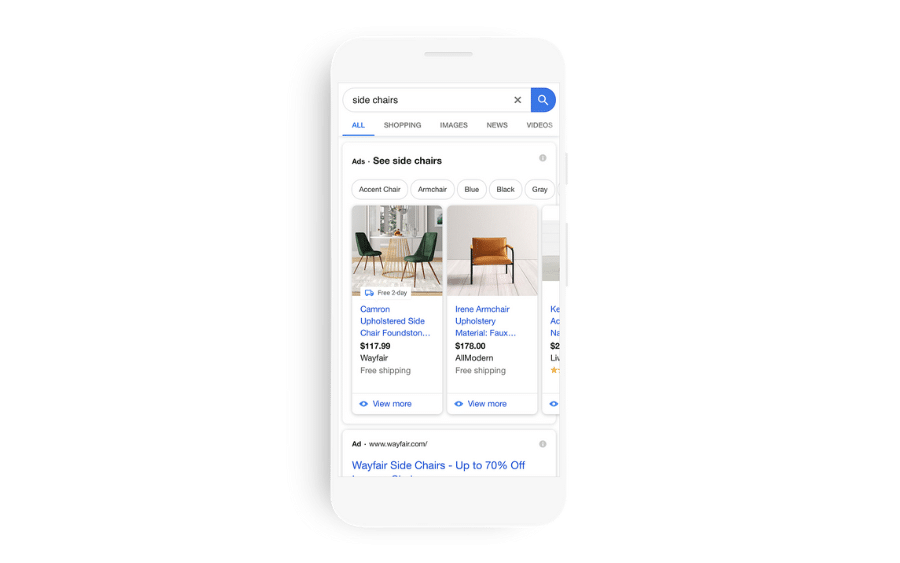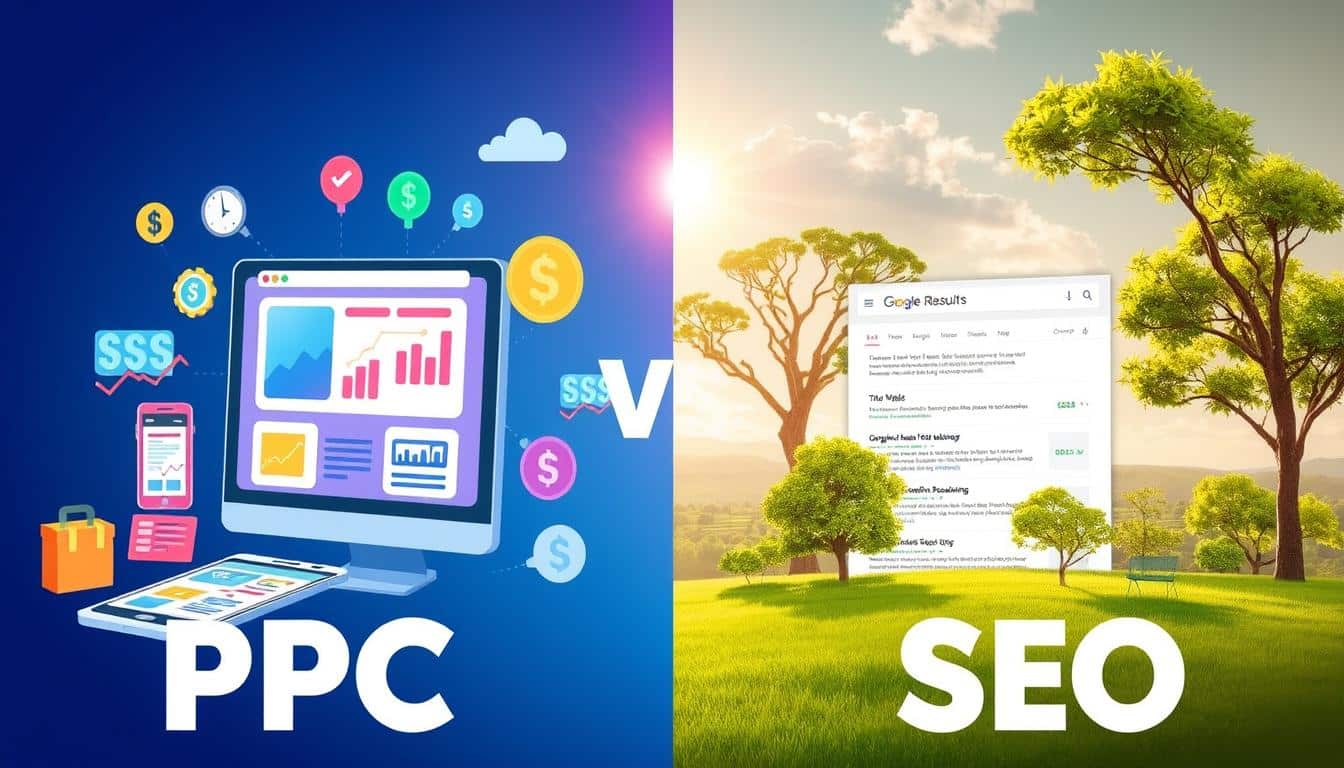Google Ads Formats: Search, Display, Shopping.
Google offers a wide range of advertising formats, and for beginners, it can be confusing to understand the specific terms used by Google Ads for advertising. In this guide, we will provide an overview of the key formats and services offered by Google Ads.
1. Search Campaigns

Google Ads Search campaigns, commonly known as “Search,” are the ads that appear in Google’s search results when a user performs a search related to specific keywords. These campaigns are primarily text-based and designed to be relevant to the user’s query. The goal is to present your ad to someone actively seeking a product, service, or information similar to what you offer. Search campaigns aim to capture existing demand from users actively seeking information. Here are the characteristics of Search ads:
-
Objective: Drive quality traffic to your website or landing page by targeting people with specific intent (such as making a purchase or seeking information).
-
Placement: Ads appear on Google's search results pages, above organic search results, accompanied by the label "sponsored."
-
Targeting: It is based on the keywords chosen by the advertiser and can be further refined based on location, language, date, etc.
-
Payment: Typically done on a cost-per-click (CPC) basis, meaning you pay each time someone clicks on your ad.
Search Campaigns Example:

2. Display Campaigns

Google Ads Display campaigns allow you to display graphical ads (images, videos, interactive HTML) across a vast network of Google’s partner websites, known as the Display Network. It includes millions of websites, videos, and applications where your ads can appear. Here are the characteristics of Display campaigns:
-
Objective: Increase brand awareness and target users based on their interests, browsing habits, or previous interactions with your site (also known as remarketing).
-
Placement: Ads can appear on partner websites, mobile applications, YouTube videos, and in Gmail inboxes, among other places.
-
Targeting: Display campaigns offer more diverse targeting options compared to Search campaigns. You can target audiences based on their interests, demographics, web behavior, as well as specific locations on the network.
-
Payment: It can be based on cost per thousand impressions (CPM), where you pay for every thousand ad views, or cost per click (CPC) in some cases.
Display Campaigns Example:

3. Shopping Campaigns

Shopping campaigns allow you to promote products directly in Google search results and on the Google Shopping tab. These ads display a product photo, along with a title, price, and the name of the selling store, without the need to click for more information. Google uses product data to place ads in front of relevant users based on their searches. Payment is usually based on CPC.
-
Objective: Drive quality traffic to your website or landing page by targeting individuals with specific intent, such as making a purchase or seeking product information.
-
Placement: Shopping ads appear prominently on Google's search results pages, showcasing your products above organic search results and accompanied by the label "sponsored."
-
Payment: Shopping campaigns typically operate on a cost-per-click (CPC) basis, ensuring that you pay only when a potential customer clicks on your ad.
Shopping Campaigns Example:

To Sum Up:
Google Ads provides various advertising formats and platforms to suit different marketing goals. Understanding the differences between these formats can help advertisers make informed decisions when planning their advertising campaigns on Google Ads.
Get in touch with ATD Advertising today and discover how we can help you maximize the impact of your online advertising campaigns.









